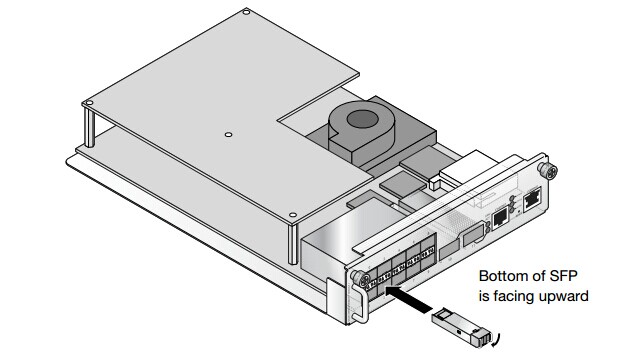
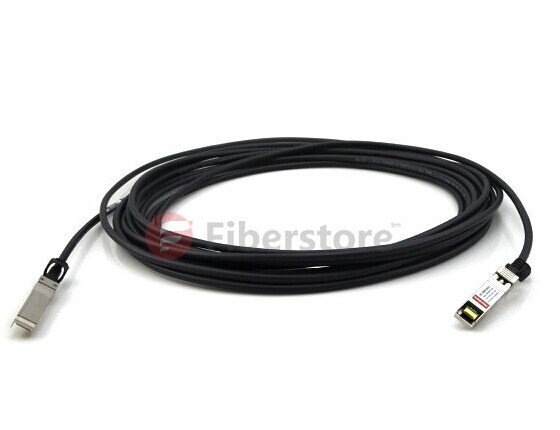
Share Various Fiber Optic Telecom Network Topics, Information, News, Questions, Sources and Network Solutions.





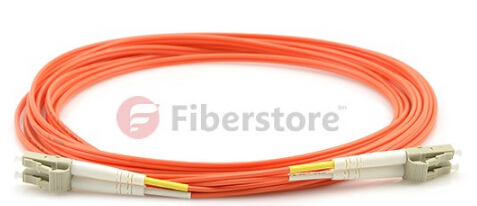
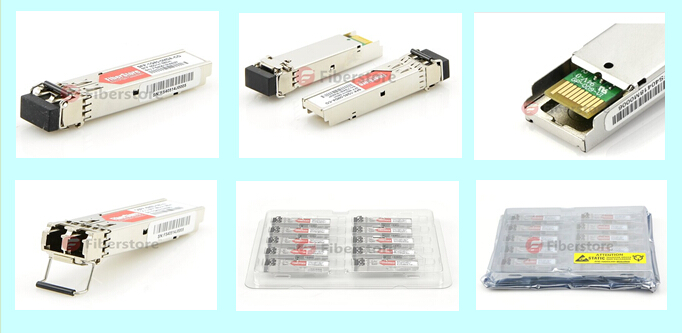
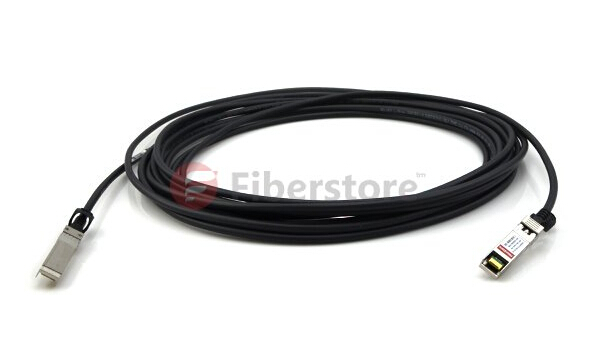
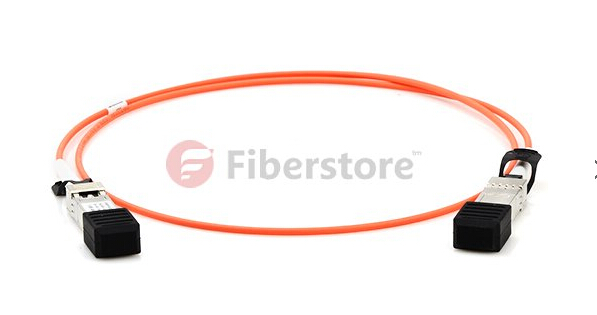
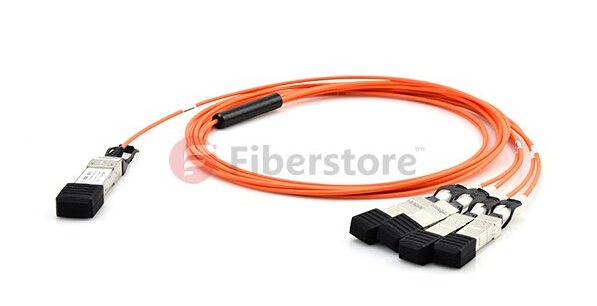






Active cables and passive cables. Active cables are copper cables for data transmission. They use silicon (semiconductor) to boost the performance of the cable. On the contrary, a cable without a chip is considered as a “passive cable”.
10Gb/s Passive Copper Cable used for very short link and lowest cost
The SFP+ cables support 10G Ethernet, 8G Fibre Channel, 10G FCoE, 10G InfiniBand and various unified architecture link applications. SFP + cable is widely used in the top of the Rock switches and high-performance server for interconnection. Top of the Rock switch power consumption is less than 10GBASE-T ports switch. In the market waiting for more energy efficient 10GBASE-T switch, SFP + cables are more popular for at the Top of the Rock switch. 28 AWG and 24 AWG cables are available for DAC cables. The standard lengths for the sfp+ direct attach cable are 1m, 2m, 3m, 5m, 7m and 10m. Custom lengths are available upon request.
Fiberstore Provides Cisco Compatible SFP+ 10gbase twinax Copper Modules:
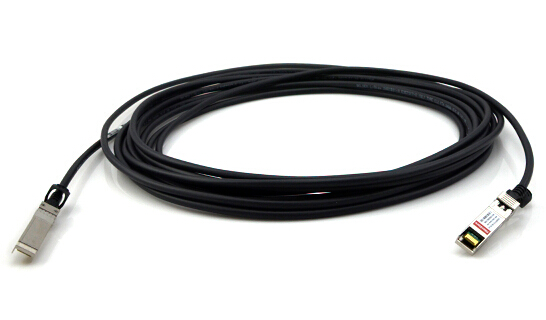

Fiberstore SFP+ Cables
SFP+ fiber cable solution is suitable for longer distance communication, while 10G SFP+ cables solution is best when utilized in short lengths, typically 15m or less, which is sufficient to link server cards and switches. But at present, the fiber and copper cable transmission standard of 10G Ethernet have been launched. However, there is only the fiber standard without copper standard for the 40G Ethernet transmission now.
QSFP+ cables and SFP+ cables
From the perspective of the development of wiring, generally, the standard of copper cable is always behind the fiber standard and the application standard. Currently, the TIA and ISO have already established a working group to carry out the research work of the copper standard.
Actually, the QSFP+ cable is a choice for short transmission distance. Generally, QSFP+ cables are used to connect the ToR switches.
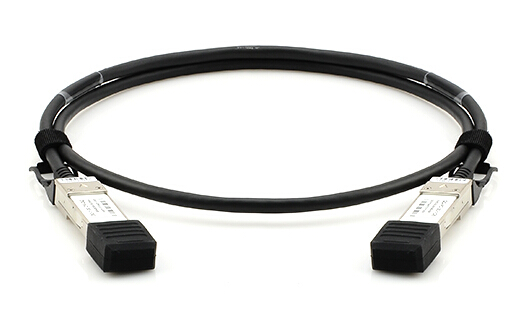
Fiberstore QSFP+ Cables
QSFP+ cable and sfp+ direct attach cable are both suitable for the short transmission distance. The fiber can be considered for the long transmission distance. The standard distance of OM3 multi-mode fiber is 100m and the OM4 is 50m. The single-mode fiber will not encounter the problem of transmission distance. Fiberstore provides qsfp 4x10g aoc7m.
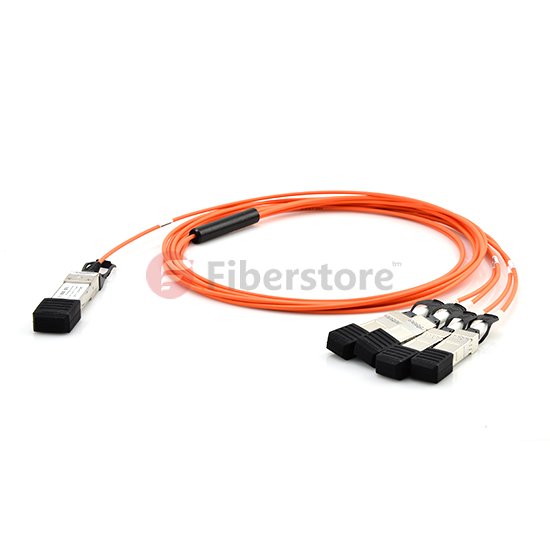
Fiberstore qsfp 4x10g aoc7m cable
For the high-density, high-performance, longer distance and high-speed and other requirements, the MPO/MTP will be a more reasonable choice.
Fiberstore is a leading company in developing and manufacturing advanced optical network solutions to the fiber optic network, CWDM/DWDM system, and Data Center system. Fiberstore always aims accurate lead time and best service with high quality products to customers. Today, Fiberstore offer customers a broad range of data Center networking and communication solutions in following categories: GBIC, SFP, SFP+, XFP, XENPAK, X2, QSFP+ 40G AOC/ACC, 120G CXP AOC/ACC, Ethernet Converter and Fiber Optical Patchcord, Total fiber solution with CWDM, Mux/Demux, Repeater products.
Read More Related Article about DAC Cables:
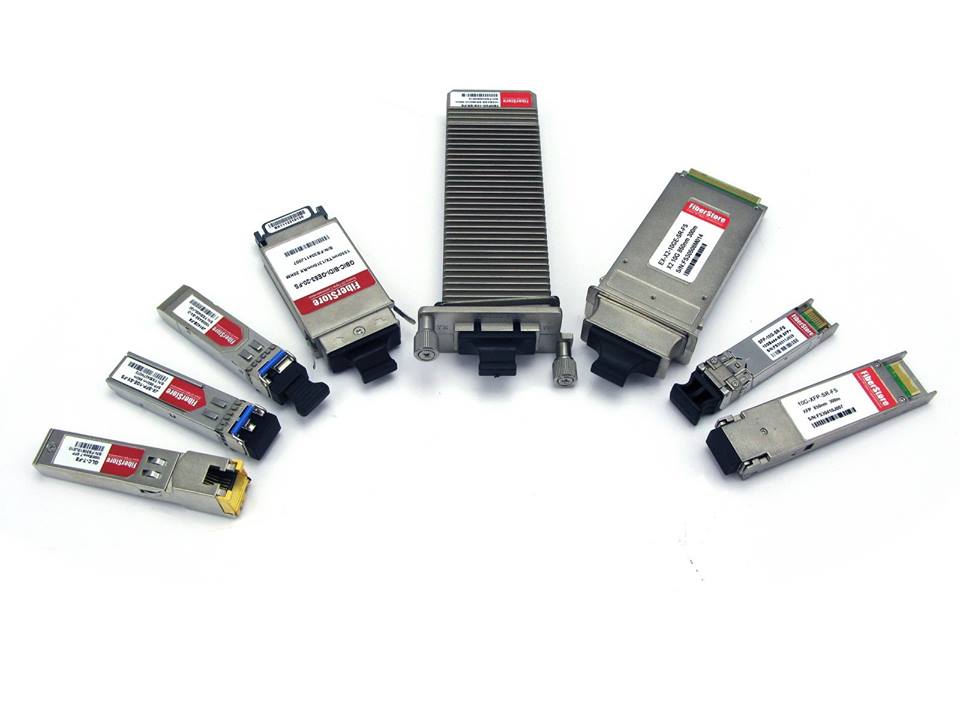
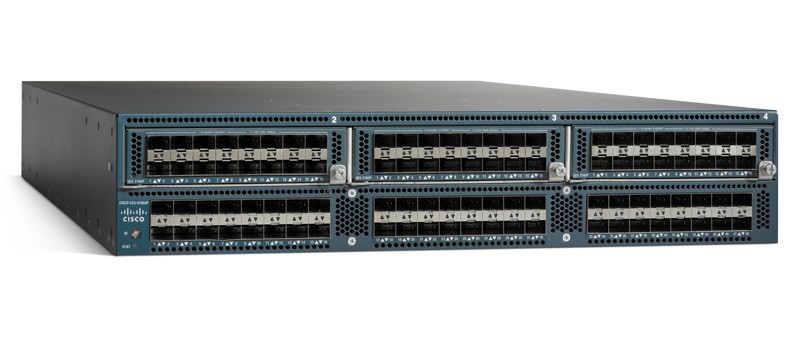
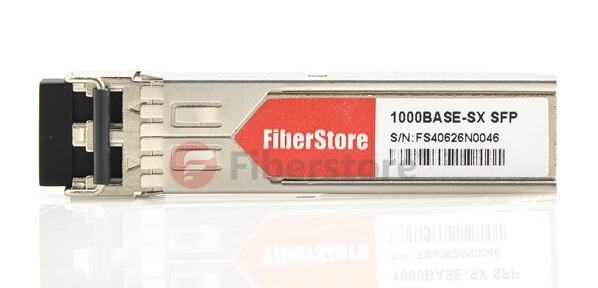

| FTLF8524P2xNy | Finisar | Compatible SFP Form Fiberstore |
|---|---|---|
| ftlf8524p2bnl | $79.00 | $ 8.40 |
| ftlf8524p2bnv | $59.42 | $ 8.40 |
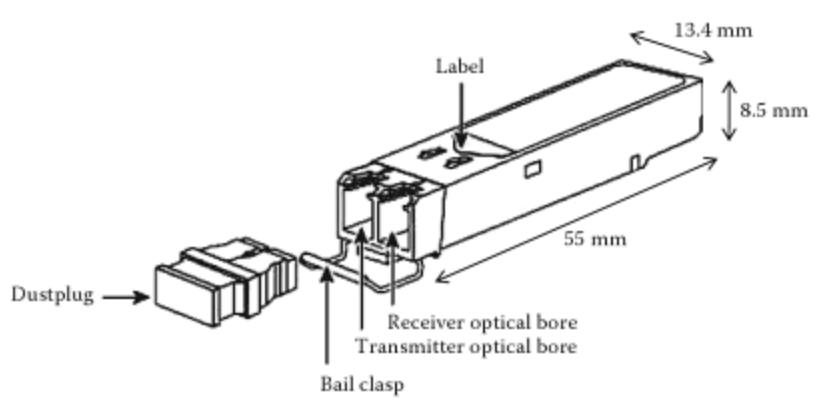
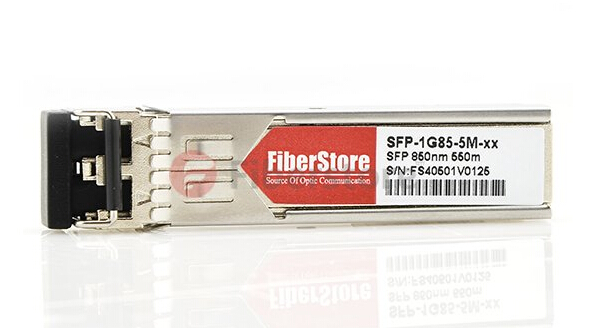
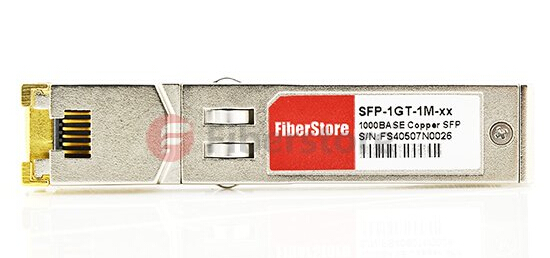
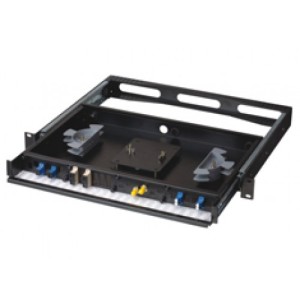
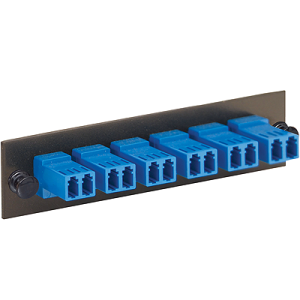

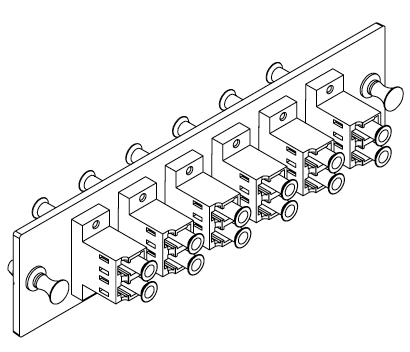



When surmounting trouble rises, a fiber optic technician must choose the most suitable patch panel for a specific situation. He has to understand that when it comes to easy installation, proper termination and long-term maintenance, its not all patch panel is made equally.
Optical fiber is robust and thus deserves some kind of special treatment. For example, if your horizontal copper cable is broken, one user is about be affected. If your backbone fiber goes down, it will grab a lot of users down by using it. For this reason using fully enclosed connecting hardware for optical fiber is essential. This is where the technician must choose between using wall-mounted or rack-mounted hardware. The optical fiber density required will likely influence the technicians choice between the wall-mounted and rack-mounted connectivity. Many technicians will choose to use fiber patch cables. However, how to handle the fiber patch cables?
What is Fiber Adapter Panel?
Fiber Adapter Panel (FAP) is utilized for patching the fiber cable to the enclosures like fiber wall cabinets, rack mounts fiber cabinets or rack mount fiber shelf. It enables you to make fast and simple fiber patch panel connections as they can snap into the fiber optic enclosures easily.

Fiber Adapter Panel provided by Fiberstore:
Fiber adapter panels contain TIA/EIA-604 FOCIS compliant or compatible simplex or duplex fiber optic adapters and meet or exceed TIA/EIA-568-C.3 requirements. Fiber adapter panels include horizontal and vertical MPO adapters, LC, keyed LC, SC, ST, FC, MT-RJ or E-2000 fiber optic adapters. Fiber optic adapters include phosphor bronze or zirconia ceramic split sleeves to fit specific network requirements. LC and SC adapter housing colors follow the TIA/EIA-568-C.3 suggested color identification scheme.
Multimedia modular panels allow customization of installation for applications requiring integration of fiber optic and copper cables. Blank fiber adapter panels reserve fiber adapter panel space for future use. All fiber adapter panels snap quickly into the front of fiber optic patch panels and enclosures for easy network deployment or moves, adds, and changes.
Fiberstore's fiber adapter panel with metal or plastic is meant to be used for patching the fiber cable to the termination enclosure of your choice, such as fiber wall cabinets, rackmount fiber cabinets or rackmount fiber shelf (LC patch panel). The adapter panels are easily snapped into the enclosures with snap lock mounting fixtures. They have a various customizable options available to fit whatever application you require. With products compatible for trusted brands including Black Box, Wirewerks, Mr-technologies, Corning, Leviton, Panduit Opticom adapter panel and more.
Fiberstore fiber optic systems to meet today's requirements and provide a migration path for tomorrow's applications. These advanced fiber optic systems include fiber optic cable, connectors, adapter modules, adapter panels, cassettes, patch cords, cable assemblies, cable distribution products and accessories for both singlemode and multimode applications. Together, these components provide complete solutions for today's high data rate Fibre Channel and Ethernet applications, and support future readiness for 40 Gb/s and 100 Gb/s data rates, maximizing physical infrastructure performance, modularity, and scalability.